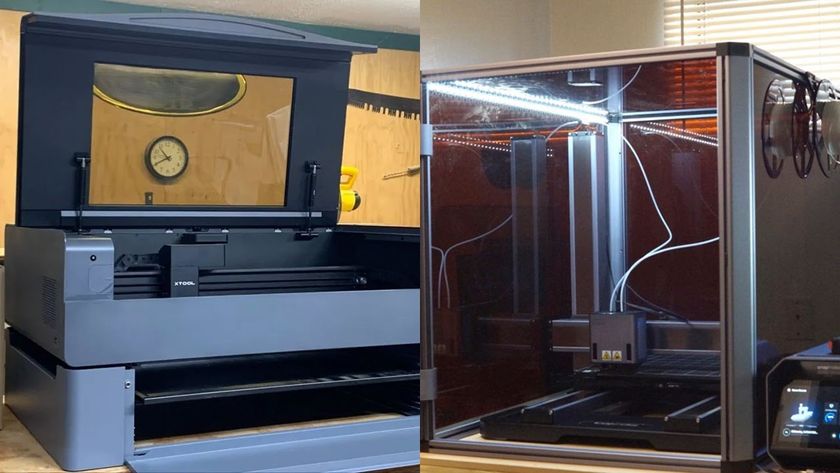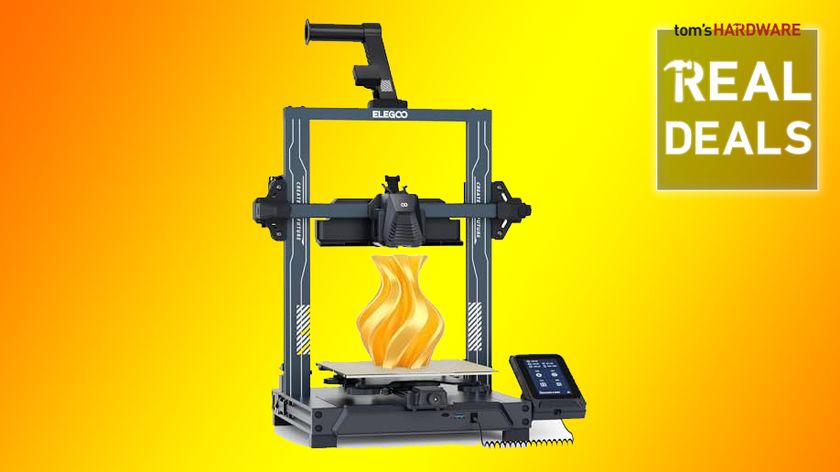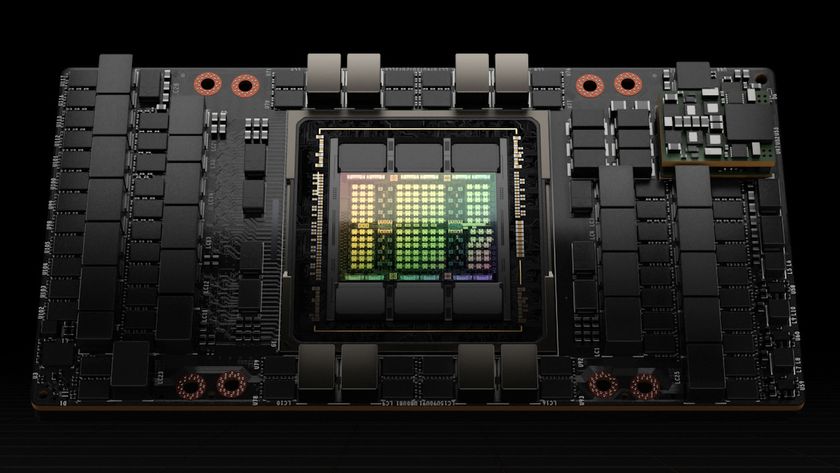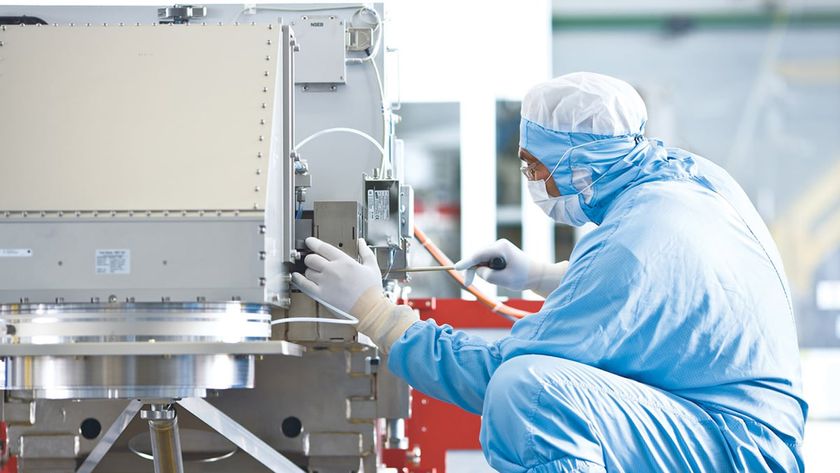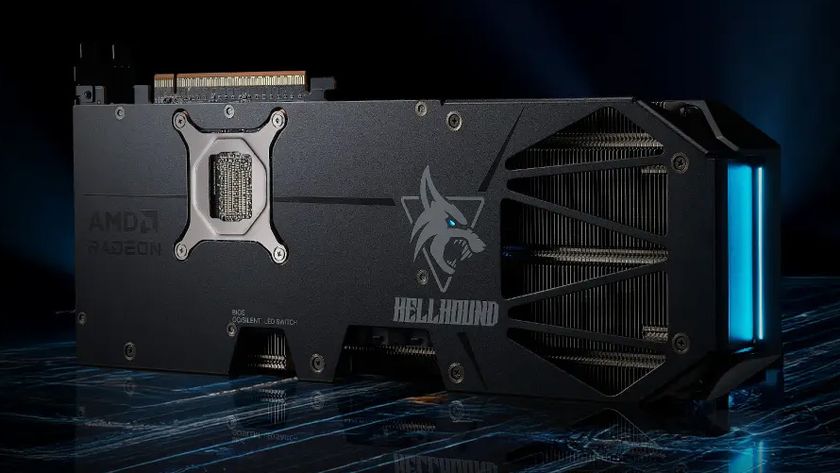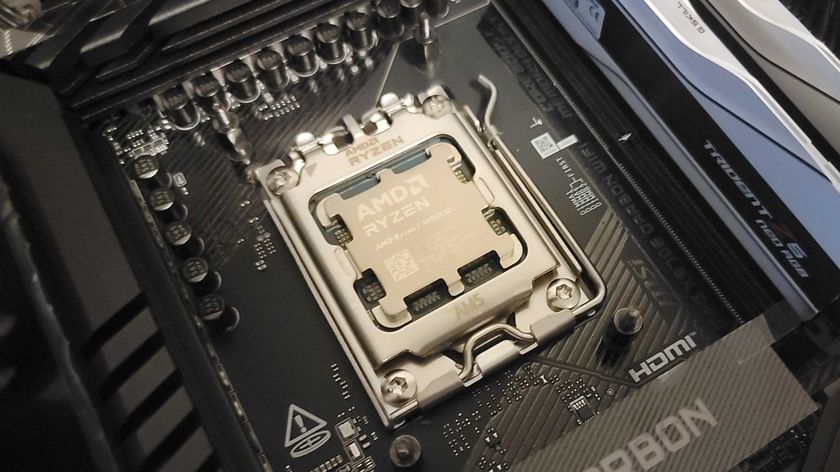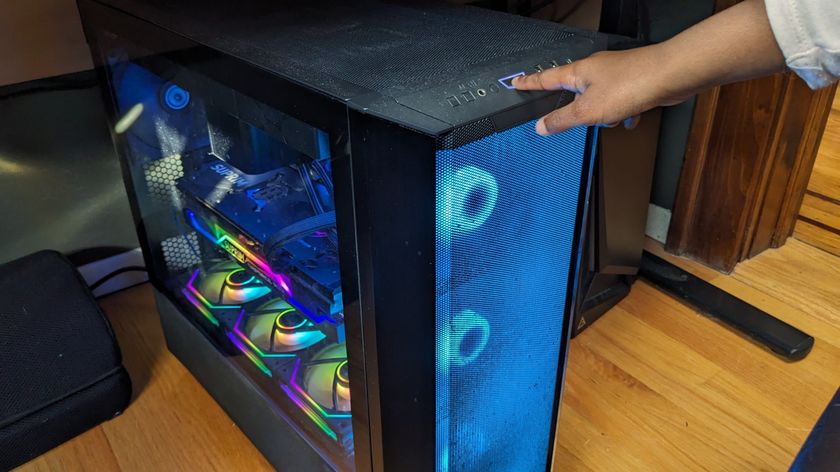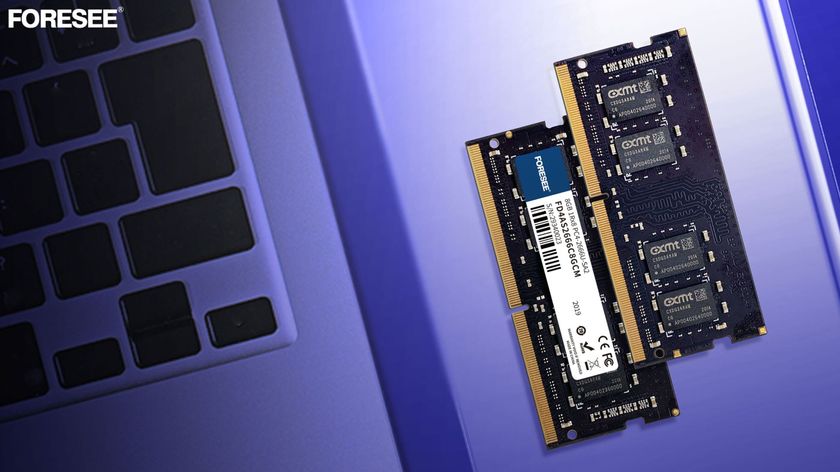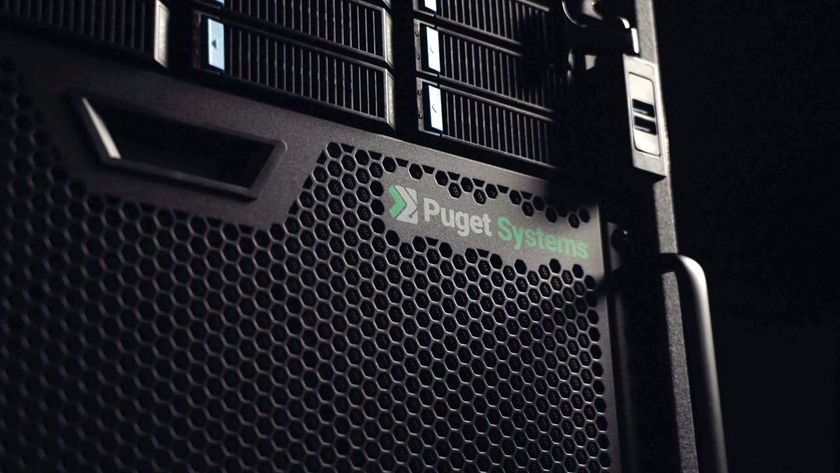3D-printed holographics can encode data using common plastic -- keys and addresses up to 576 bits, with redundancy
A standard 3D printer and terahertz beams permit for storing data on a regular, 3D-printed piece of plastic— like cryptographic keys
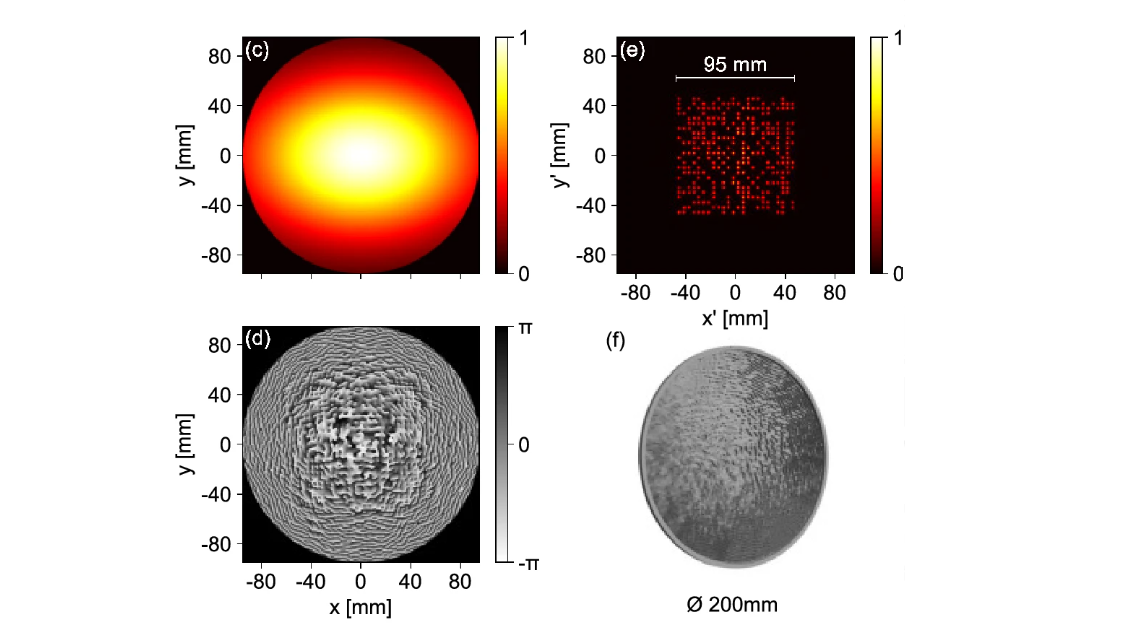
There is no shortage of ways to store and encode data in the ever-evolving field of data storage— adding to that list on March 6th, researchers published a paper titled "Encoding terahertz holographic bits with a computer-generated 3D-printed phase plate" for open access on Nature.com's Scientific Reports. This story reached us through a Phys.org writeup.
Based on the abstract in the original report, a 2D 576-bit data code can be produced using a diffractive phase-plate element. The data actually encoded in the testing was a 256-bit private Bitcoin wallet key with redundancy, so it's a little unclear whether 256-bit is the real upper-limit or a user could use all 576 bits without redundancy. In any case, that's not a lot of storage— but for the right pieces of digitized information, it may be all you need.
The process works by using a combination of the right FOSS (Free and Open Source Software) on Github (namely libdmtx and pylibdmtx) and the best 3D printers, one can map and then print holographic data to a regular piece of plastic. In order for the data to be read once mapped to this piece of plastic, the usage of a terahertz wave is required— which is likely the most expensive part of the process.
So if this implementation of HDS (holographic data storage) still involves the use of expensive equipment, what's so impressive? Well, typically, even the simple creation of functioning holographic storage is an incredibly expensive process that requires high-end laser-etching. Following this, the basic storage medium can be created by just about anybody with access to the original paper, Github, a 3D printer, and the computing knowledge to make it all work.
One of the researchers who worked on the piece, Evan Constable of the Institute of Solid State Physics at TU Wien, said "In this way, you can securely store a value of tens of thousands of Euros in an object that only costs a few cents." While there is obviously a greater barrier of entry to even having equipment capable of reading this form of storage, fabrication through 3D printing is about as cheap as storage is ever going to get.
Of course, this tech isn't going to be taking the place of the latest and greatest cutting-edge NVMe SSDs, or anything like that. But it doesn't have to. Being able to store cryptographic keys on a cheap piece of 3D manufactured plastic sounds like something out of science fiction or some pseudoscientific spy thriller— but now, it's becoming a reality.
MORE: Best 3D Printers
Stay On the Cutting Edge: Get the Tom's Hardware Newsletter
Get Tom's Hardware's best news and in-depth reviews, straight to your inbox.
MORE: Best Budget 3D Printers
MORE: Best Resin 3D Printers

Christopher Harper has been a successful freelance tech writer specializing in PC hardware and gaming since 2015, and ghostwrote for various B2B clients in High School before that. Outside of work, Christopher is best known to friends and rivals as an active competitive player in various eSports (particularly fighting games and arena shooters) and a purveyor of music ranging from Jimi Hendrix to Killer Mike to the Sonic Adventure 2 soundtrack.
